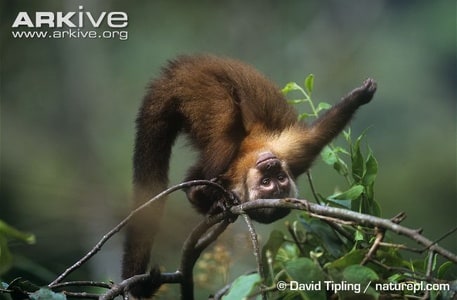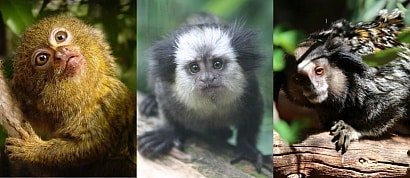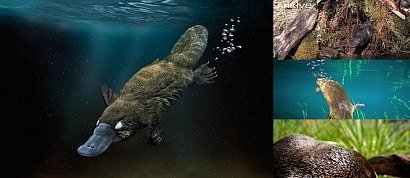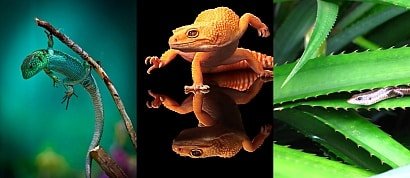A list of my favorite images of capuchin monkeys.
en.wikipedia.org/wiki/Capuchin_monkey
Capuchin monkeys are New World monkeys of the subfamily Cebinae.
Prior to 2011, the subfamily contained only a single genus, Cebus. However, in 2011 it was proposed to split the capuchin monkeys between the gracile capuchins in the genus Cebus and the robust capuchins in the genus Sapajus.
Genus Cebus:
White-fronted capuchin
Ecuadorian capuchin
Shock-headed capuchin
Trinidad white-fronted capuchin
Varied capuchin
White-faced or white-headed capuchin
Kaapori capuchin
Wedge-capped capuchin
Tufted capuchin
Genus Sapajus:
Black-capped, brown or tufted capuchin
Guiana brown capuchin
Large-headed capuchin
Margarita Island capuchin
Blond capuchin
Black-striped capuchin
Black capuchin
Crested capuchin or robust tufted capuchin
Golden-bellied capuchin
The range of capuchin monkeys includes Central America and South America as far south as northern Argentina.
Capuchins are black, brown, buff or whitish but their exact color and pattern depends on the species involved. They reach a length of 30 to 56 cm (12–22 in), with tails that are just as long as the body.
Like most New World monkeys, capuchins are diurnal and arboreal. With the exception of a midday nap, they spend their entire day searching for food. At night they sleep in the trees, wedged between branches. They are undemanding regarding their habitat and can thus be found in many differing areas.
Potential predators include jaguars, cougars, jaguarundis, coyotes, tayras, snakes, crocodiles and raptors, although there has only been one published observation of a predator taking a capuchin in the wild.
The main predator of the tufted capuchin is the harpy eagle, which has been seen bringing several capuchins back to its nest.
The diet of the capuchins is more varied than other monkeys in the family Cebidae. They are omnivores, eating not only fruits, nuts, seeds and buds but also insects, spiders, birds' eggs and small vertebrates. Capuchins living near water will also eat crabs and shellfish by cracking their shells with stones.
Capuchins are considered the most intelligent New World monkeys and are often used in laboratories. The tufted capuchin is especially noted for its long-term tool usage, one of the few examples of primate tool use other than by apes.
Capuchins live in groups of 10 to 40 members. These groups consist of related females and their offspring, as well as several males.
Usually groups are dominated by a single male, who has primary rights to mate with the females of the group, though the white-headed capuchin groups are led by both an alpha male and an alpha female. Mutual grooming as well as vocalization serves as communication and stabilization of group dynamics.
Females bear young every two years following a 160 to 180 day gestation. The young cling to their mother's chest until they are larger, when they move to her back. Adult male capuchins rarely take part in caring for the young. Within four years for females and eight years for males, juveniles become fully mature.
In captivity, individuals have reached an age of 45 years, although life expectancy in nature is only 15 to 25 years.
Added to
People who voted for this also voted for
Vanessa Redgrave - Favorite Movies
Winter (2014) in South Dakota (USA)
Do You Remember When...? (part 3)
Airship Movies
Volleyball Scenes - Movies
Cigarette Cards: Phillips Beauties (1914)
Winter 2014/2015, A Final Goodbye
Irene Dunne - Favorite Movies
Do You Remember When...? (part 2)
Cigarette Cards: Live stock (1915)
U.S.M.C., Semper Fidelis
Misty Copeland, Revisited (2015)
DC Comics' "Dean Martin And Jerry Lewis"_1952/1953
Remember? part II
Animal Humor, part 10
More lists from kathy
Favorite Images of Marmosets
Favorite Images of ToonHead's Rescue Cats #1
Favorite Images of Platypuses
My Reptile Collection
Favorite Lists #18
Favorite Pluto Cartoons #1
Favorite Patsy Cline Songs
 Login
Login



























































